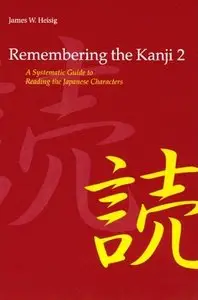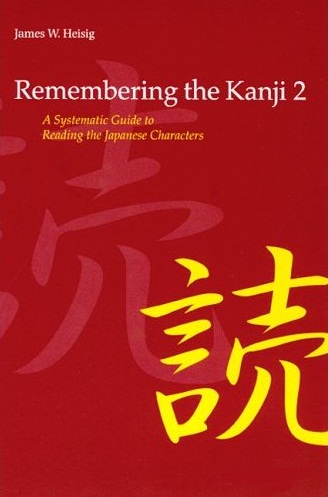Remembering the Kanji II : A Systematic Guide to Reading Japanese Characters (repost)
James W. Heisig | 2001 | ISBN: 9784889960 | PDF | 516 Pages | 17 MB
James W. Heisig | 2001 | ISBN: 9784889960 | PDF | 516 Pages | 17 MB
Following the first volume of "Remembering the Kanji", the present work takes up the pronunciation of characters and provides students with helpful tools for memorizing them. Behind the notorious inconsistencies in the way the Japanese language has come to pronounce the characters it received from China lie several coherent patterns. Identifying these patterns and arranging them in logical order can reduce dramatically the amount of time spent in the brute memorization of sounds unrelated to written forms.Many of the "primitive elements," or building blocks, used in the drawing of the characters also serve to indicate the "Chinese reading" that particular kanji use, chiefly in compound terms. By learning one of the kanji that uses such a "signal primitive," one can learn the entire group at the same time.
In this way, "Remembering the Kanji 2" lays out the varieties of phonetic patterns and offers helpful hints for learning readings, which might otherwise appear completely random, in an efficient and rational way. A parallel system of pronouncing the kanji, their "Japanese readings," uses native Japanese words assigned to particular Chinese characters. Although these are more easily learned because of the association of the meaning to a single word, Heisig creates a kind of phonetic alphabet of single-syllable words, each connected to a simple Japanese word, and shows how they can be combined to help memorize particularly troublesome vocabulary.Unlike Volume 1, which proceeds step-by-step in a series of lessons, Volume 2 is organized in such as way that one can study individual chapters or use it as a reference for pronunciation problems as they arise. Individual frames cross-reference the kanji to alternate readings and to the frame in Volume 1 in which the meaning and writing of the kanji was first introduced.



